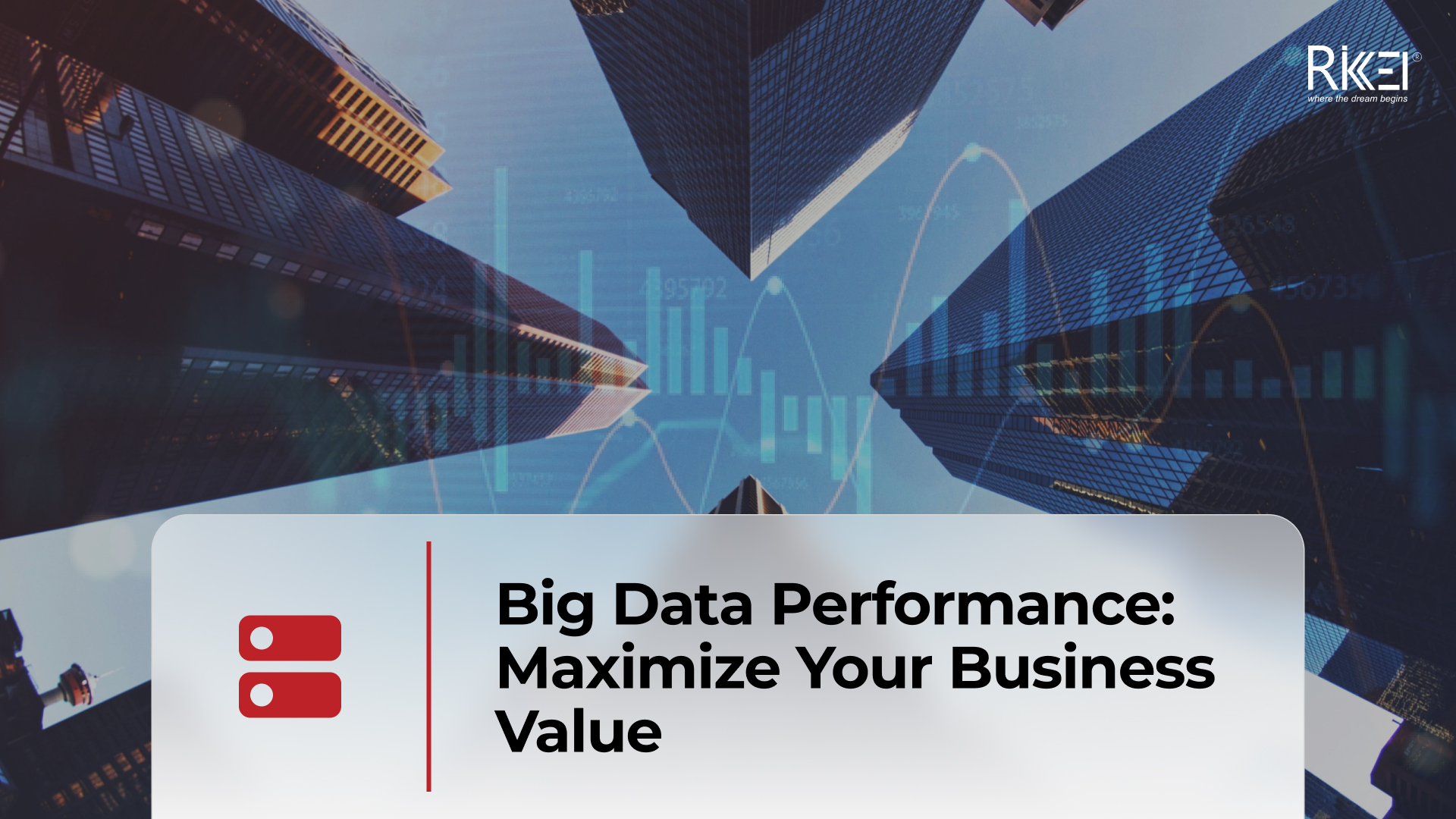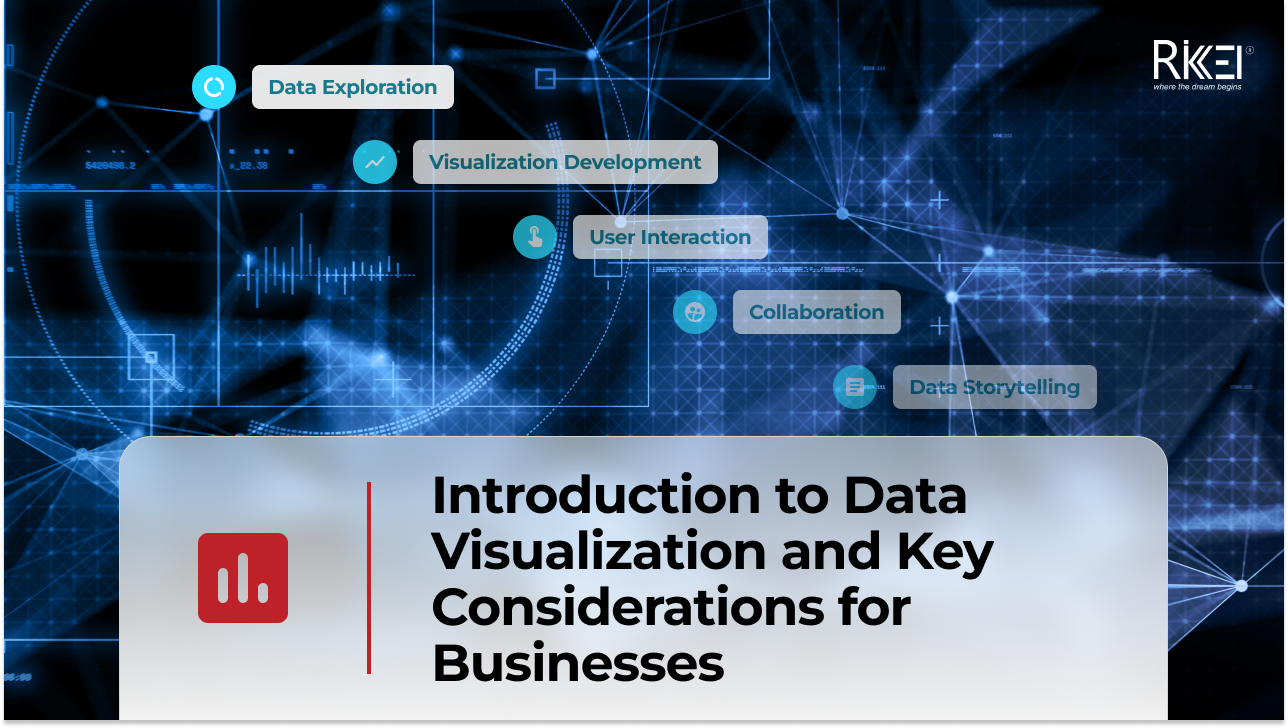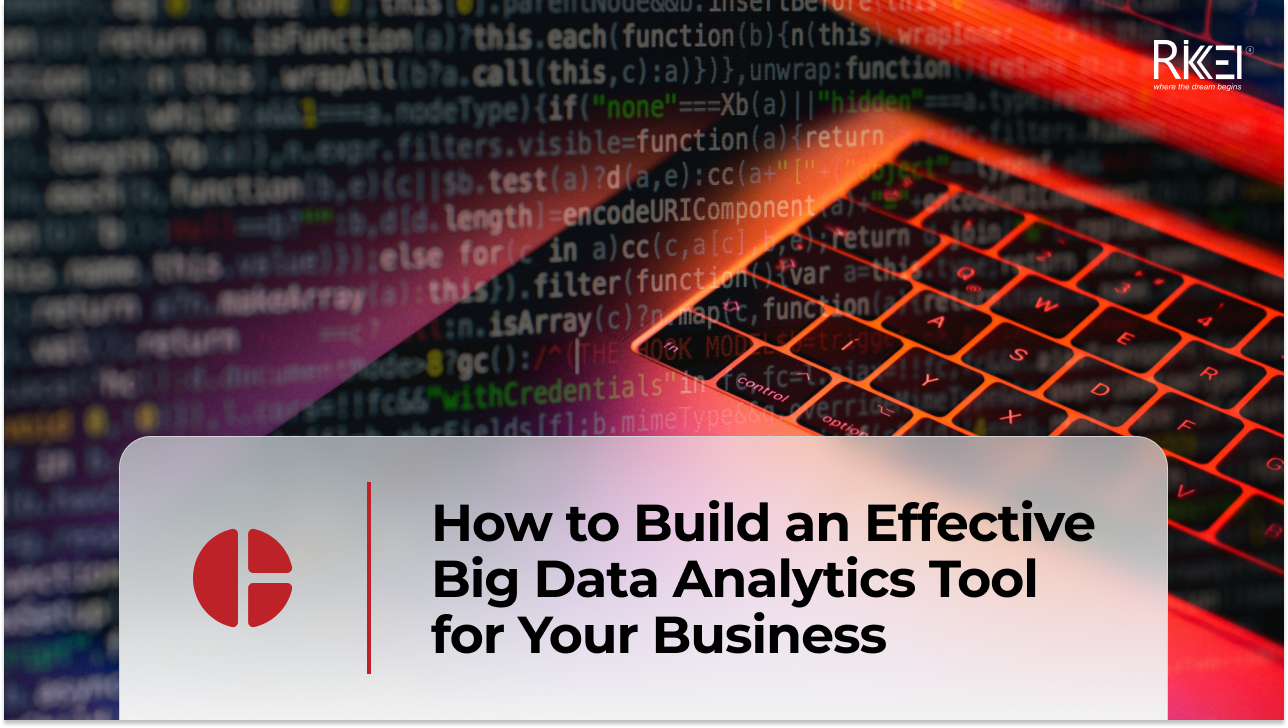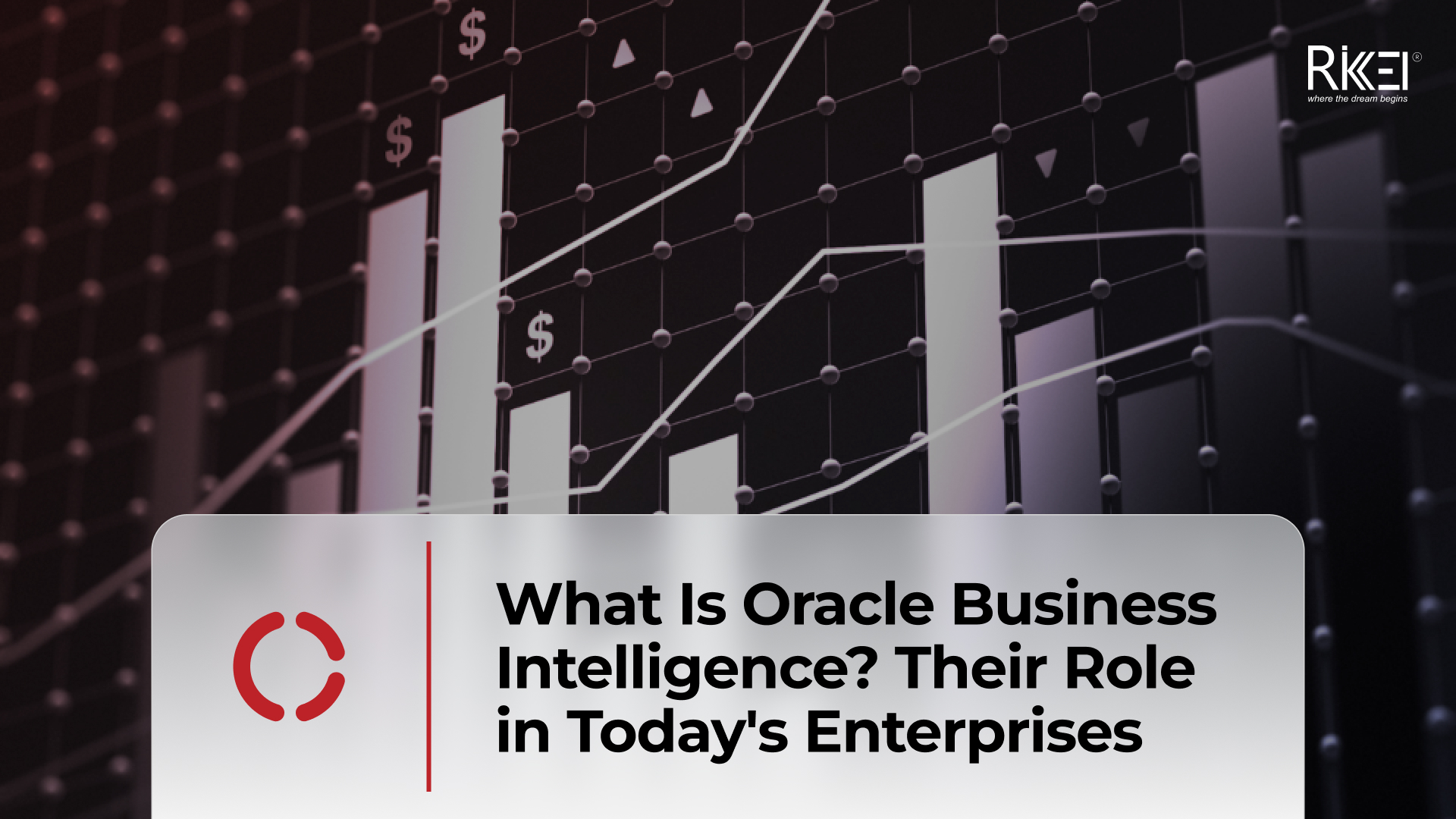5 IoT Trends to Watch in 2024
Contents
In the ever-evolving landscape of technology, staying informed about the latest trends and innovations is essential for individuals and businesses alike. As we move closer to 2024, the Internet of Things (IoT) continues to be not just a buzzword but a transformative force shaping the future of technology and business. a driving force behind many technological advancements. IoT’s impact is felt across various sectors, and its influence on our daily lives is undeniable.
In this blog post, we will explore the 5 top IoT trends in 2024, shedding light on the developments poised to shape this interconnected world’s future. These trends offer a glimpse into IoT’s exciting possibilities in the coming year, from industrial applications to smart cities, healthcare, and more.

What is the Internet of Things (IoT)?
The Internet of Things is a transformative technology that has changed how we interact with the world around us. In a world where connectivity and data have become the lifeblood of innovation, IoT is the beating heart that drives the future. At its core, IoT involves the interconnection of everyday objects and devices to the internet, enabling them to collect, exchange, and process data, all with minimal human intervention. This interconnected web of smart devices made the inanimate intelligent, enhancing efficiency, convenience, and insight across various applications.
IoT applications have found their way into homes, cities, industries, and healthcare, among other domains, changing how we live and work. Smart home systems can adjust your home’s temperature lighting and prepare music to your preferences while you’re returning from work. In urban environments, interconnected sensors monitor traffic, optimize energy use, and enhance public safety. In factories, IoT devices drive automation and predictive maintenance, boosting productivity. The healthcare sector benefits from wearable devices that monitor vital signs and deliver real-time data to medical professionals, enabling more precise and proactive care. IoT is not merely about innovation—it’s about reimagining our world.
Benefits of Staying Updated with IoT Trends
IoT is a fast-growing industry, with an estimated market worth of $650 billion by 2026, with over 30.9 billion devices forecasted to have an active IoT connection in some way or another. As IoT evolves, it continues to shape how businesses operate, cities function, and individuals interact with their surroundings. Being attuned to emerging trends is vital for businesses aiming to remain competitive and innovative. Whether it’s the integration of edge computing for faster and more efficient data processing or the evolution of AI-driven IoT applications, staying informed enables businesses to harness the full potential of IoT technologies.
Moreover, the rapid pace of change in the IoT ecosystem demands constant vigilance to address security concerns. As IoT devices become more pervasive and prevalent in everyday life, the risk of cyber threats escalates. Staying updated on trends helps organizations fortify their IoT infrastructure against potential vulnerabilities and ensures the privacy and integrity of sensitive data.
Top 5 IoT Trends in 2024
IoT Supply Chain
The ongoing chip shortage has posed significant challenges to the IoT industry, with delays in civic IoT investments and disruptions in various sectors, particularly the automotive industry. While three in four semiconductor executives anticipate that supply chain shortages will ease by 2024, the situation remains complex. The industry is trying to address the shortage by building new semiconductor fabrication plants, but these endeavors take time, and the shortages that emerge in 2021 might persist until at least 2024.
The demand for semiconductors is continually increasing, and the geopolitical, economic, and talent-related challenges faced by semiconductor companies may contribute to lingering supply chain issues. As the IoT industry grapples with supply disruptions, economic inflation, and a tight labor market from semiconductor manufacturers, the resolution of the chip shortage remains an uncertain landscape heading into 2024.
IoT Security
The attention to IoT security directly responds to the escalating risks associated with the proliferation of IoT devices. As the number of interconnected devices continues to soar, so does the vulnerability to diverse cyber threats, as briefly mentioned. In recognition of this, significant efforts are being directed toward fortifying IoT ecosystems against potential malicious activities. Governments have taken steps to enhance consumer awareness, as seen in the US National Security Council’s initiative to introduce standardized security labeling for consumer IoT devices. This trend emphasizes the importance of preemptive cybersecurity measures, including implementing robust software solutions and establishing regulatory frameworks.
The anticipated impact of the IoT security trend on the industry is profound. The substantial funding for security signifies a collective commitment to bolstering the security infrastructure surrounding IoT. Governments and regulatory bodies are actively engaging, aiming to provide consumers with better insights into the security features of IoT devices. This proactive stance not only safeguards against potential threats but also fosters a more secure and resilient environment for the continued growth of the IoT industry. By prioritizing cybersecurity, implementing standards, and fostering innovation, the industry is poised to navigate the evolving threat landscape and ensure the sustained trust of consumers in the expanding realm of IoT.
Digital Twin
A digital twin, made possible by leveraging IoT sensor data to construct realistic and detailed digital replicas of various systems, spans from manufacturing facilities to commercial spaces. Business users can immerse themselves in these digital twins, facilitated by immersive technologies like VR headsets, gaining profound insights into system dynamics and the repercussions of adjusting different variables without affecting the real-world versions of these systems.
While still in its early stages, the digital twin is gaining momentum, particularly among enterprises with established IoT systems. The implications are far-reaching, encompassing realistic simulation of real-world scenarios, hypothesis testing, predictive analysis, and bolstering security by simulating potential hacker attacks on IoT systems. This trend can redefine how businesses understand, model, and optimize their operations, introducing a virtual realm for comprehensive experimentation and strategic refinement.
IoT in Healthcare
The healthcare industry is witnessing a powerful change, with wearables and in-home sensors playing pivotal roles. A notable shift involves healthcare professionals utilizing wearables and sensors to monitor patients, creating a “virtual hospital ward remotely“. This not only ensures continuous patient care but also optimizes healthcare resources. Meanwhile, wearable devices empower regular users to manage their health proactively, integrating ECG and SpO2 sensors for real-time insights. The expansion into wearable skin patches and potential innovations like Neuralink’s neurological implants further exemplify IoT’s profound impact on healthcare.
This trend is set to reshape traditional healthcare delivery models, offering more accessible and personalized care. Additionally, the Internet of Medical Things (IoMT) emerges as a solution for efficient telemedicine, especially in regions lacking conventional Internet connectivity. As IoT in healthcare continues to evolve, it enhances patient outcomes and changes how healthcare services are delivered globally.
Artificial Intelligence
The intersection of Artificial Intelligence and the Internet of Things will no doubt see a surge in popularity in 2024. AI, particularly machine learning, is, at its core, a data-driven technology. Thanks to this, it leverages the wealth of data generated by IoT sensors exceptionally well, creating a symbiotic relationship that enhances AI’s learning capabilities as the continuous streams of data from IoT devices become valuable inputs to machine learning algorithms. The synergy between AI and IoT, fueled by the expanding bandwidth and pervasive IoT networks, creates an optimal environment for advanced machine learning applications and allows them to learn and adapt efficiently.
The impact of integrating AI into IoT is profound for the industry. In 2023, significant strides in AI algorithms and hardware have accelerated data analysis from IoT sources. Companies are working on enhancing the efficiency of processing IoT-derived data in both data centers and at the edge. With increasing data-collecting IoT devices, there’s a vault of information for analysis and model training. Implementing AI models in IoT devices allows for real-time insights, improved applications, and localized learning, marking a shift in how IoT technology is leveraged across various industries and sectors.
How Can Businesses Adapt to 2024 IoT Trends?
Businesses navigating the dynamic landscape of IoT trends in 2024 face both challenges and opportunities. Amid the chip shortage issues, proactive adaptation is essential. Companies should explore innovative strategies to address semiconductor supply chain disruptions, such as considering investments in semiconductor fabs closer to demand. Collaborative efforts within the industry and strategic partnerships can contribute to mitigating the impact of shortages.
In the realm of IoT security, businesses must prioritize cybersecurity measures. Investments in robust cybersecurity software, network security tools, and adherence to standards are paramount. This protects sensitive data and fosters user trust, which is crucial for the widespread adoption of IoT technologies.
Embracing the IoT healthcare trend requires businesses to invest in IoT-enabled health devices, leveraging wearables and in-home sensors. This facilitates remote patient monitoring, contributing to the emergence of virtual healthcare solutions. In the context of digital twins, businesses can optimize operations by utilizing IoT sensors to create realistic digital replicas for experimentation and decision-making.
Staying abreast of AI advancements with IoT is vital for businesses seeking data-driven insights. According to Sid Verma, RKTech’s Board Advisor, “IoT and AI-enabled Data Analytics are essential for every organization as they strategize for their relevance and growth in the hyper-competitive future. However, the path to successfully adopting these next-gen technologies requires careful planning, architecture, and deep expertise in data modeling, networking, storage, and Analytics. Working with a trusted and experienced partner goes a long way in achieving business goals and ROI”
Conclusion
In conclusion, IoT is witnessing massive changes that reshape industries and redefine business strategies in 2024. From the fusion of AI and IoT, promising new insights emerge, but businesses must navigate challenges, including the enduring chip shortage. As Huy Tran, RKTech’s CTO, puts it: “To fully reap the benefits of IoT, companies must stay on top of emerging trends, implement robust security measures to safeguard sensitive data, invest in IoT-enabled technologies that align with their objectives, and leverage AI to extract meaningful insights from the vast data generated by IoT devices. With RKTech’s deep expertise in IoT and AI, businesses can expedite their IoT journey and realize a quicker return on their investment.”
More From Blog

April 4, 2024
Big Data Performance: Maximize Your Business Value
In today’s data-driven world, organizations are constantly generating and collecting immense amounts of data to understand their customers more deeply. This data, often referred to as “big data,” holds immense potential for organizations to seek opportunities and overcome challenges. But accessing and analyzing big data isn’t enough to have proper strategies; organizations must pay attention to […]

April 4, 2024
How Real-Time Data Analysis Empowers Your Business
In today’s fast-paced business landscape, the ability to quickly make data-driven decisions has become a key differentiator for success. Real-time data analysis, the process of analyzing data as soon as it’s generated, has emerged as a powerful tool to empower business across industries. By leveraging real-time data analysis, organizations can gain timely and actionable insights, […]

April 4, 2024
Differences Between Data Science and Computer Science
Data Science and Computer Science are distinct fields overlapping in certain areas but have different focuses and objectives. The article below will help you clearly understand the differences and the close connection between the two fields. What is Data Science? Data Science is an interdisciplinary field that combines scientific methods, processes, algorithms, and systems to […]

March 28, 2024
Introduction to Data Visualization and Key Considerations for Businesses
In your opinion, what is data visualization? Your main goal is to communicate your recommendations engagingly and effectively, right? To achieve this, let’s immediately explore a method that can represent information with images. What is Data Visualization? Define data visualization and their roles in organizations First, you need to find the answer to the question: […]

March 21, 2024
How to Build an Effective Big Data Analytics Tool for Your Business
Building an analytics tool for a business brings several significant benefits, especially in today’s business environment where data is becoming larger and more complex. So how to build an effective analysis tool for businesses, follow the article below! Assessing Business Needs Assessing business needs involves understanding the requirements, goals, and challenges of a business or […]

March 14, 2024
What Is Oracle Business Intelligence? Their Role in Today’s Enterprises
Oracle Business Intelligence (BI) refers to a suite of tools, technologies, and applications designed to help organizations collect, analyze and present business data. The primary goal of Oracle BI is to provide actionable insights to support decision-making within an organization. Oracle BI encompasses a range of products that enable users to gather, process and visualize […]

